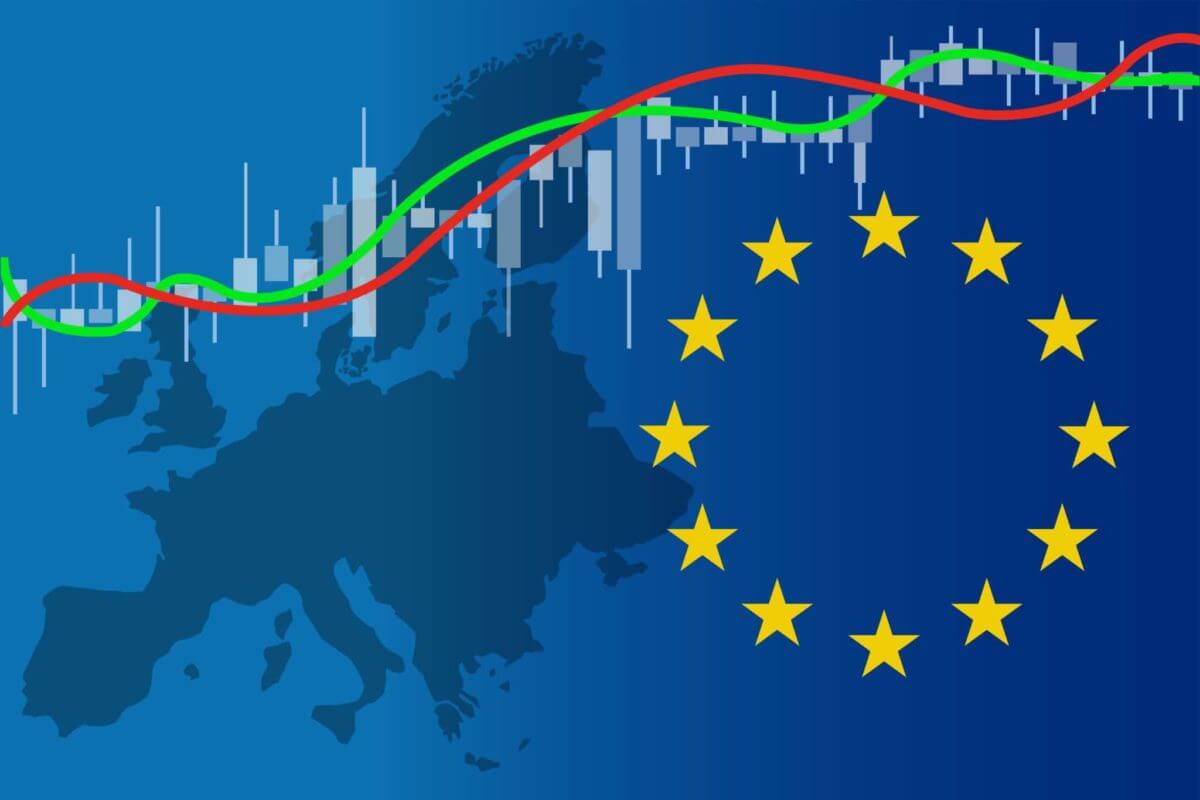
The euro falls after the dollar rises
The euro fell on Monday after a surge last week following the European Central Bank’s hawkish turn, as traders shifted to the dollar, betting that the increase in U.S. job creation in January would lead to faster U.S. Federal Reserve rate hikes.
The euro fell 0.2 percent to as low as $1.1425 after reaching its highest level since mid-January on Friday. ECB policymaker Martins Kazaks pushed back against market expectations for a rate hike as soon as July. He stated that the bank may end its stimulus program earlier than expected but is unlikely to raise its primary interest rate in July.
The dollar has found support, aided by rising U.S. Treasury yields following far better-than-expected job data on Friday. Markets have now priced in a one-in-three chance that the Fed will raise rates by a total of 50 basis points in March and a reasonable chance that rates will reach 1.5 percent by the end of the year.
The consumer price index for the United States, which is due on Thursday, could add to these expectations. After the jobs report, U.S. two-year yields were holding firm after rising sharply, briefly reaching a new two-year high of 1.33 percent.
The dollar and other currencies
The dollar index was last unchanged on the day at 95.444, but it was still off the lows of 95.136 set last week ahead of the labor market data.
The yen was slightly stronger at 115.14 per dollar, while sterling rose 0.1 percent to $1.3537, both of which were in the middle of their recent ranges.
Markets will be watching scheduled speeches by policymakers at the Federal Reserve, the Bank of England, the European Central Bank, the Bank of Australia, and the Bank of Canada this week to see if they provide any additional hints on rate policy.
The Dollar Index, which measures the value of the U.S. dollar against a basket of six other currencies, rose 0.1 percent to 95.615.
The dollar has benefited from Friday’s solid jobs report, which showed that 467,000 nonfarm jobs were added in January, far more than expected, and that the government revised payroll data for November and December by a total of over 700,000.


